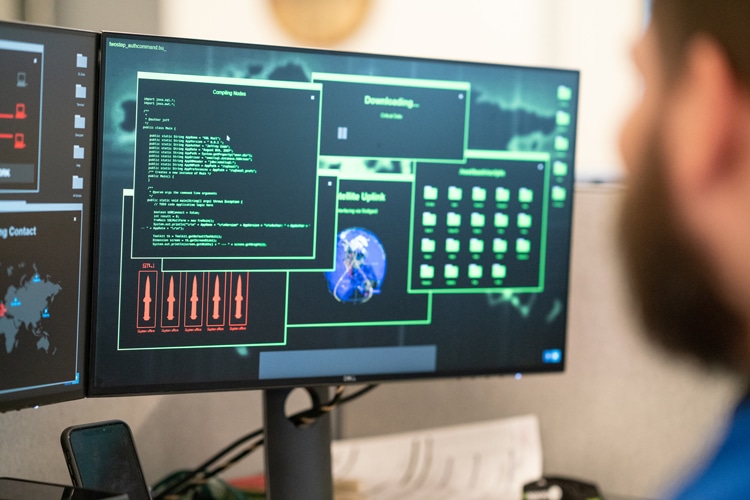The landscape of cyber threats has undergone significant transformation over the years, evolving from simple computer viruses to highly sophisticated malware and cyberattack strategies. This evolution raises an important question: do traditional computer viruses still exist, or have they been entirely replaced by more advanced threats? Understanding the trajectory of these changes is crucial for grasping the current state of cybersecurity and the challenges that individuals and organizations face in protecting their digital assets.

The Era of Computer Viruses
Traditionally, a computer virus is a type of malicious software program that, when executed, replicates itself by modifying other computer programs and inserting its own code. Originating in the early days of personal computing, viruses were primarily spread through infected floppy disks and, later, through email attachments and downloadable files from the internet. Their objectives ranged from harmless pranks to destructive intentions, such as corrupting data or disabling systems.
The Evolution of Cyber Threats into Modern Malware
While traditional computer viruses have not disappeared, they represent just a small fraction of the cyber threats encountered today. Over time, as technology and digital connectivity have advanced, so too have the methods and sophistication of cyber attackers. This has led to the emergence of a broad spectrum of malware, each designed for specific purposes:
- Ransomware: This type of malware encrypts the victim’s files, demanding a ransom payment for their release. Ransomware attacks have targeted individuals, businesses, and even government agencies, causing significant financial and operational damage.
- Spyware: Designed to secretly monitor and collect information from targets, spyware is often used for data theft, espionage, and personal information exploitation.
- Trojans: These malicious programs disguise themselves as legitimate software. Once installed, they can execute their harmful payload, which might include stealing data, creating backdoors for further infections, or directly damaging the system.
- Adware: While often less malicious, adware can be intrusive and annoying, displaying unwanted advertisements and potentially redirecting browsers to malicious sites.
Why the Shift?
The transition from traditional viruses to a wider array of malware and cyber threats reflects changes in both technology and cybercriminal motives. Early viruses often sought to achieve notoriety for their creators or to prove a point about security vulnerabilities. Today’s cyber threats, however, are more likely to be driven by financial gain, political motives, or espionage. The internet’s ubiquity and the value of digital data have made more sophisticated forms of malware more profitable and attractive to cybercriminals.
Current Cyber Threats Landscape and Countermeasures
While traditional computer viruses have not vanished, they now share the stage with various forms of advanced malware and cyberattack techniques, including but not limited to phishing, denial of service (DoS) attacks, and man-in-the-middle (MitM) attacks. The evolution of these cyber threats necessitates equally sophisticated countermeasures, including advanced antivirus and anti-malware solutions, firewalls, encryption technologies, and cybersecurity awareness training.
Cybersecurity is a constantly evolving field, with defenders racing to keep up with the latest threats. Organizations and individuals must remain vigilant, adopting a multi-layered approach to security that includes both technological solutions and educated, cautious behavior online.
The question of whether computer viruses still exist can be answered with a yes, but with the caveat that they are now part of a much larger and more complex ecosystem of cyber threats. The evolution from simple viruses to advanced malware reflects broader changes in technology, online behavior, and the motives of cyber attackers. Understanding this evolution is key to developing effective strategies for cybersecurity in the digital age.
Our people allow you to focus on what you do best – running your business. Don’t wait for your next IT crisis. Contact ThrottleNet today for a free on-site consultation & security report to evaluate your business’s IT security needs.



